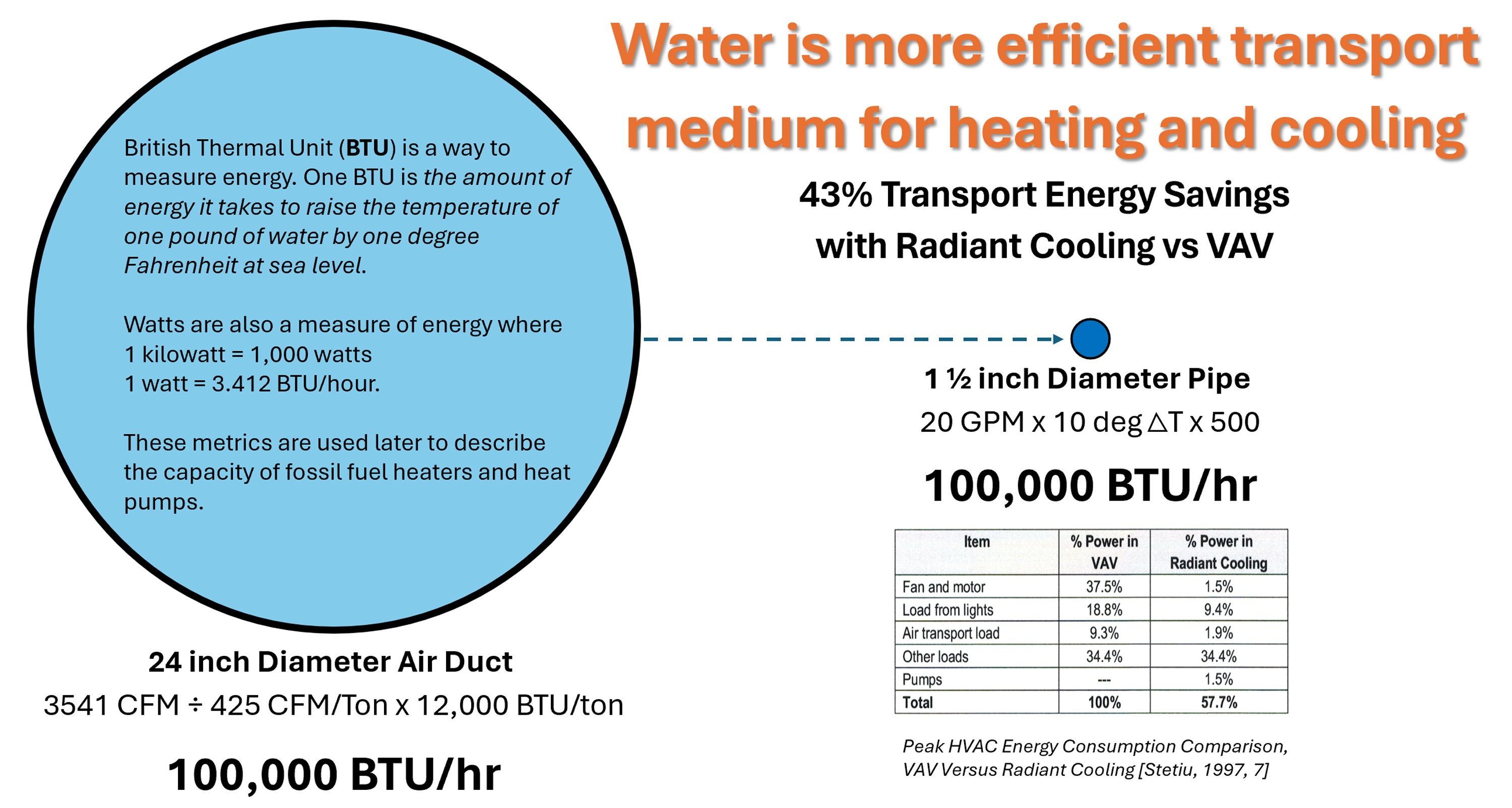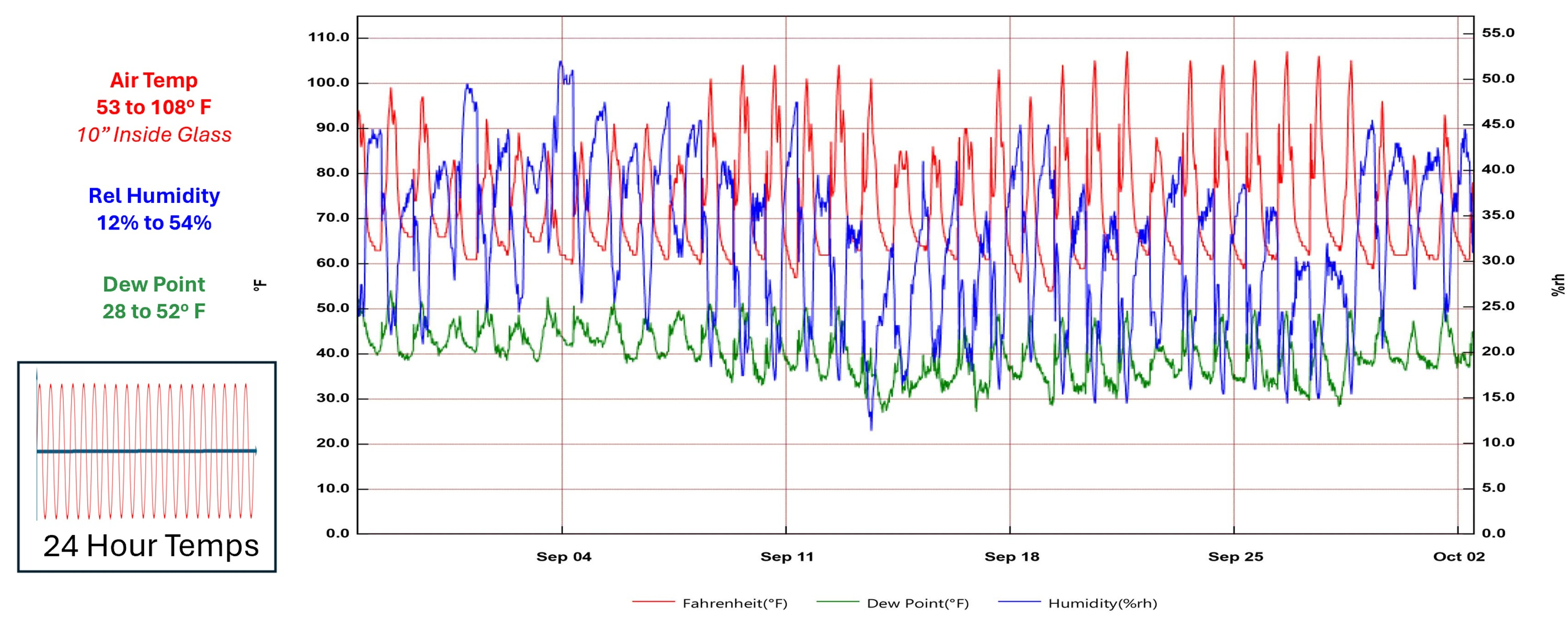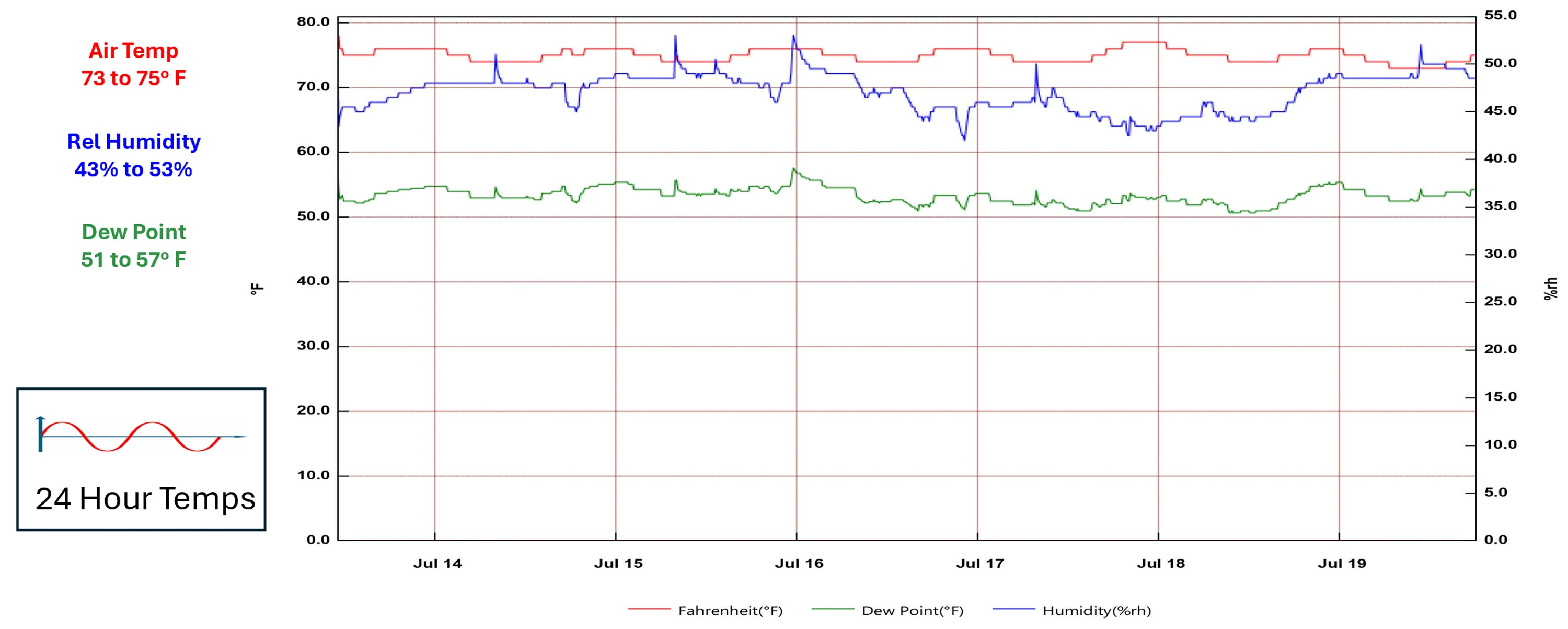This past decade has seen exponential growth in buildings registered to attain zero net energy (ZNE) performance. While there are many interpretations of “net zero,” the basic premise is that the building uses no more energy than it produces on-site in one year. To achieve this high standard, an engineer is well-served in adopting a proven architecture developed by integrated design teams worldwide and implemented in most ZNE buildings.
This architecture is ideal for office and multifamily buildings and is comprised of a high-performance building envelope; a high-mass, thermally conductive structure; ventilation separated from heating and cooling loads; and heat pumps with source process heat exchangers to move any heat source to any heat need to heat and cool the building efficiently.
The prevalent metric for building energy use is Energy Use Intensity (EUI), measured as energy per square foot per year (kBtu/ft2) and varies by building type. According to the U.S. Department of Energy (DOE), the median source EUI for office and multifamily buildings are 116 and 118 kBtu/ft2, respectively. To achieve ZNE performance, this EUI must be reduced by more than 50%.
Offices, dormitories, and barracks using the proven architecture described here have achieved EUIs as low as 25 kBtu/ft2. Multifamily structures have similar technical requirements and occupancies as barracks and dormitories and, therefore, should be included in these NZE successes. Unlike military barracks and institutional dormitories, multifamily structures are usually developed by one entity and then sold to and operated by another.
This eliminates any incentive by the developer to make the NZE capital investments that reduce operating costs, thus the lack of NZE multifamily buildings in the United States. However, the technical requirements for these buildings are similar in that they experience diurnal occupancy, benefit from zoned spaces and place a high priority on comfort, indoor environmental quality and energy efficiency.
An additional benefit of this architecture is that the heat pumps used for heating, cooling and hot water are all electrical appliances, with source process heat exchangers minimally reliant on fossil fuels. Most U.S. utilities power their electrical grid with fossil fuels, such as coal and natural gas. Therefore, simply converting to electrical appliances does not reduce a building’s greenhouse gas emissions.
However, electric heat pumps in a central plant do reduce the number of smaller appliances in a building that use fossil fuels or create an opportunity for carbon offset through on-site power generation with solar photovoltaic arrays.
At this point, it should be apparent to an engineer that achieving NZE performance is more than specifying high-efficiency heat pumps and appliances. In fact, a common element in successful NZE building implementations is using an integrated design team.
This team starts the process with a design charrette and includes all stakeholders, including the owner, the developer, the architect, the general contractor, mechanical-electrical-plumbing engineers, civil engineers, structural engineers, the landscape architect, the lighting designer, the certified energy manager, the controls contractor, and the contractors who will be responsible for implementing the design and operating the system.
The traditional design-bid-build approach fails as a linear process with assumed roles and responsibilities, whereby an integrated design team collaborates throughout the development using a cross-functional systems approach based on established goals.
Building Envelope: Orientation for Passive Solar
While discussing the building envelope may appear mundane in the context of high-performance appliances, this is a critical first step often overlooked in new and retrofit construction. Without exception, the building orientation/envelope is the most critical factor in reducing energy consumption and improving occupant comfort.
Of the six factors affecting occupant comfort identified in ASHRAE 55, the four directly impacted by heating and cooling systems are air temperature, air speed, humidity and mean radiant temperature.
The building orientation and envelope most directly affect comfort and energy efficiency, considering the three means of heat transfer: convection, conduction and radiation. A tight building envelope provides the engineer with direct control of air movement via convection, a function of forced-air heating or cooling and ventilation.
A well-insulated building slows down heat loss or gain by reducing heat transfer via conduction through the walls, windows and roof. The building orientation and shading directly affect solar heat gain by reducing the impact of short-wave radiation. This radiation increases the mean radiant temperature of surfaces within the structure when converted to uncontrolled long-wave radiation.
High Thermal Mass and TABS: Hydronic Heating and Cooling
To fully understand the performance of forced-air versus high-mass heating and cooling systems such as thermally active building structures (TABS), an engineer must comprehend the basic thermodynamic principles related to heat transfer and appliance efficiency.
Heat moves from hot to cold; the speed of this heat transfer is a function of the temperature differential between the two mediums. The greater the temperature differential, the faster the heat transfer, but with lower system efficiency and less occupant comfort.
The efficiency of vapor compression heating and cooling appliances such as heat pumps increases with a lower temperature “lift” from the ambient conditions versus desired conditions.
A heat pump using 50 F groundwater providing 120 F hot water or air (coefficient of performance (COP) 2.93) is 40% less efficient than the same heat pump delivering 80 F water or air (COP 4.66). The American Society of Heating, Refrigeration and Air-Conditioning Engineers (ASHRAE) has shown that user comfort increases when interior temperatures are maintained within a narrow temperature range.
The structure’s thermal mass also affects the response time when subjected to heating or cooling. The higher the thermal mass, the slower the heat transfer rate. Think steel beams versus a concrete slab. The concrete will absorb and release heat much slower than the structural steel.
A low-mass structure is typical of U.S. commercial buildings and comprises a shell with an exterior façade and interior finish. The structure of the building is separate from the shell in these low-mass buildings. When heated and cooled with forced air, the temperature of interior spaces changes within minutes.
This is not the case with high thermal mass structures such as radiant heating and cooling in a slab, where the response time is hours. As a heat transfer medium, water is of significantly higher mass than air and, therefore, can transfer heat more reliably and efficiently than forced-air systems. A 1 1/2-inch pipe containing water will transfer the same heat as a 24-inch round duct moving air using one-half the energy (see Figure 1).

Moving heat with water in a high-mass structure is not only more efficient than forced air, but the thermal mass of the structure more effectively stores heat (or stays cooler longer with heating loads). Looking back at the ASHRAE factors for comfort, radiant hydronic heating or cooling in a thermally active structure has the highest impact on the mean radiant temperature of the space while maintaining humidity at consistent levels.
On the other hand, forced-air systems affect only air temperature and airspeed while tending to dry the air with air conditioning or high-temperature coils for heat delivery. Research by the U.S. DOE, ASHRAE and other high-performance building organizations has demonstrated that high-mass heating and cooling systems are more comfortable and energy-efficient than their forced-air counterparts.
Figures 2 and 3 illustrate an extreme example of forced-air cooling in an inefficient low-mass building envelope upgraded to TABS cooling in a high-mass building envelope. A study by DOE’s Oak Ridge National Laboratory found that early morning cooling of a building’s concrete slab, combined with nighttime ventilation, could shift most cooling loads from peak to off-peak hours, reducing the peak demand on electric utilities.
While the forced-air system shown in Figure 2 reacts more quickly to cooling requirements, the low thermal mass of the structure and exposure to uncontrolled solar radiation causes significant heating challenges, making the forced-air system cycle several times an hour to maintain the thermostat setpoint. Because of this short cycling, the humidity and resulting dew point vary dramatically, causing user discomfort.

Alternatively, when the building envelope in Figure 3 was upgraded and high-mass radiant floor cooling (RFC) installed, the air temperature varied by only a few degrees (as the radiant floor absorbs short-wave solar radiation), and the high thermal mass mediates temperature swings. Since the airflow in the RFC space is limited to supplemental cooling and ventilation only, the humidity is optimal at 43% to 52%, with a dew point within 51 F to 57 F.

What is not obvious in this example is the improved efficiency of the heat pumps contrasting the low-temperature cooling of forced air (45 F) versus the warmer cooling using high-mass RFC (58 F). The Energy Efficiency Ratio of a geothermal heat pump increases from 19.8 to 21.8 by raising the temperature of the cooling fluid 13 F, a 10% efficiency increase.
Using a high-efficiency, electronically commutated motor (ECM) circulator to move chilled water in the RFC uses one-half the energy of blowing cold air with an ECM fan. The high thermal mass enables the heat pump to cool water over a long period in small increments to maintain the temperature of the TABS.
The forced-air heat pump must cool the low thermal mass interior space with low-temperature cold air, which does little to limit the mean radiant temperature increases from solar, lighting, occupancy or other heating sources.
As the first part of a three-part series, we have reviewed the basic elements related to building science and the thermodynamic principles behind the design of ZNE buildings. Part two will address ventilation systems with best practices for high-mass radiant cooling implementation. Part three will focus on dramatically improving heat pump efficiencies with source process heat exchangers and wrap up with a review of the overall ZNE architecture discussed here.
Albert Wallace serves as president of Energy Environmental Corp. He is a Certified Geoexchange Designer and Certified Energy Manager. He is a member of ASHRAE, an American Institute of Architects associate member, and a certified trainer and installer by the International Ground Source Heat Pump Association. Visit www.energyhomes.org for more information.





